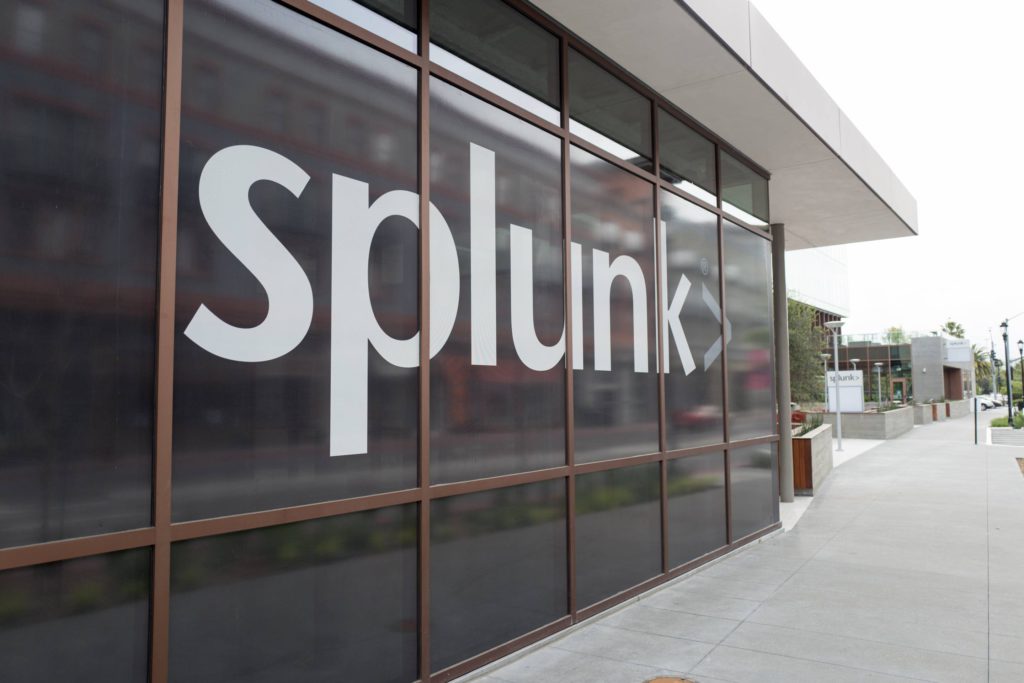
Access control mechanisms present some of the most underused sources of data. They collect a wealth of information every day with traffic flows, time and attendance patterns, specific health metrics, and more – which, for enterprises of a certain size, leads to an astonishing amount of data over time.
But nonetheless, most access control systems are mainly used for logging and alerting. They can validate badges, mobile access cards, QR codes, and even biometrics for some advanced systems – but that’s about it.
With the COVID-19 pandemic and most recently the delta variant, the need to meet certain conditions prior to entry is more pressing than ever. It’s equally important to be able to access this information over time to track trends and pinpoint potential exposures.
So what if data from physical security tools has its own story to tell? And what if that story has never been more valuable than right now?
At CERTIFY.me, we’ve been asking ourselves that question a lot in the past two years. Between observing the trends in big data and the redefinition of access control in the pandemic era, we wanted to take our capabilities to the next level for our customers.
Enter: SnapXT powered by Splunk. By partnering with Splunk, the industry leader in data analytics, CERTIFY.me integrates advanced analysis tools with physical access control. This add-on to CERTIFY.me’s cloud platform delivers either prebuilt or custom-made dashboards to holistically examine your enterprise’s access management activity.
This solution uncovers data insights to improve your organization’s workflows and create effective policy enforcement strategies over time.
Collect learnings for different use cases
There is no one-size-fits-all approach for access control; different industries and types of organizations inherently have different requirements and areas of focus. This is especially true in the COVID age, when there are new considerations to decide who should be permitted to enter certain spaces.
For instance, schools and educational institutions are prioritizing staggered arrivals for students and staff members to minimize crowds. Healthcare organizations – hospitals in particular – are focused on enforcing mask compliance. There have never been higher stakes for making sure such criteria for entry are met over time.
And with all this in mind, everyday operations must go on. Many businesses lack an effective visitor and vendor management system, with vendors consistently showing up at the wrong doors and occasionally gaining access to off-limits entrances. With the combination of physical access management and data analytics, enterprises can locate the underlying issue and adjust their protocol to ensure their security is protected.
Because of these disparities by industry, SnapXT powered by Splunk includes pre-built dashboard templates for different sectors including education, healthcare, corporate, and hospitality. This enables organizations to customize Key Performance Indicators (KPIs) to suit their particular use case.
With these specialized outlooks, SnapXT powered by Splunk helps identify potential gaps for policy enforcement and roadblocks to success.
Leverage access control to its full potential
With cloud-based access control platforms on the rise, organizations of all kinds are realizing the value of access control systems that integrate across their entire ecosystem and provide information that helps improve their business.
As part of the Splunk Partner+ ecosystem, CERTIFY.me can offer a new level of strategic insight when it comes to personnel & facility management. The SnapXT powered by Splunk solution elevates physical access control by automating compliance mechanisms and assessing the effectiveness of organizational workflows.
Furthermore, as the market needs evolves, CERTIFY.me is also moving towards incorporating capabilities to ingest healthcare data to guide organizational public health response.
A new and exciting time is on the horizon for access control – one where data is put to good use to improve outcomes for organizations across every sector.
Read more here about how we’re contributing to Splunk’s mission to expand the capabilities of physical access control.
